In the contemporary era, the prevalence of sedentary lifestyles has become a pervasive concern, with a growing number of individuals succumbing to the detrimental effects of prolonged periods of inactivity. A sedentary lifestyle is characterized by extended periods of sitting or low levels of physical activity, often associated with modern conveniences and desk-bound occupations. As a consequence, this lifestyle contributes significantly to various health issues, including obesity, cardiovascular diseases, and mental health challenges.
Recognizing the critical need to counteract the sedentary epidemic, there is a heightened emphasis on the incorporation of regular physical activity into daily routines. Engaging in exercise not only serves as a powerful antidote to the ill effects of a sedentary lifestyle but also plays a pivotal role in promoting overall health and well-being. Physical activity has been linked to improved cardiovascular health, enhanced mental clarity, and an overall boost in energy levels, underscoring its importance in fostering a balanced and wholesome lifestyle.
One effective and accessible tool for integrating physical activity into daily life is the treadmill. As a versatile fitness apparatus, the treadmill offers a convenient and controlled environment for individuals to engage in cardiovascular exercises, irrespective of weather conditions or time constraints.
This guide aims to illuminate the transformative potential of using a treadmill as a fitness tool, providing insights, tips, and practical advice to empower individuals on their journey toward breaking free from the shackles of a sedentary existence. By understanding the significance of incorporating physical activity and harnessing the benefits of treadmill use, we embark on a path towards improved health, vitality, and a more active and fulfilling lifestyle.
Why do more and more people have sedentary lifestyles?
The rise of sedentary lifestyles can be attributed to various factors, reflecting the changing dynamics of modern society. Several interconnected reasons contribute to the increasing prevalence of sedentary behaviors:
Technological Advances:
The advent of technology has transformed many aspects of daily life, making tasks more convenient but also less physically demanding. From remote work setups to automated transportation and household chores, technology often reduces the need for physical movement.
Desk-bound Jobs:
The shift towards service-oriented and desk-bound occupations has become more prevalent. Many people spend extended hours working on computers, leading to prolonged periods of sitting without adequate breaks for physical activity.
Urbanization and Infrastructure:
Urbanization has brought about infrastructure changes, often prioritizing motorized transportation over walking or cycling. Cities designed around cars can discourage physical activity, contributing to a sedentary lifestyle.
Screen Time and Entertainment:
The widespread use of digital devices, including smartphones, tablets, and computers, has led to increased screen time for both work and leisure. Excessive screen time is often associated with sedentary behaviors.
Changes in Leisure Activities:
Traditional forms of physical recreation and leisure activities have been replaced by more sedentary alternatives. Video games, streaming services, and other screen-based entertainment options have become dominant, encouraging sedentary behaviors.
Busy Lifestyles:
The demands of modern life, including long working hours, commuting, and family responsibilities, can leave individuals feeling fatigued and with little time or energy for physical exercise.
Societal Norms and Expectations:
Cultural shifts may influence perceptions of leisure and success. There can be a societal expectation that success and achievement are associated with sedentary work, potentially discouraging physical activity.
Lack of Access to Recreational Spaces:
Some individuals may not have easy access to safe and well-maintained recreational spaces, limiting opportunities for physical activity.
Safety Concerns:
In certain urban or suburban areas, safety concerns may discourage people from engaging in outdoor physical activities, leading them to opt for more sedentary indoor pursuits.
Psychological Factors:
Stress, anxiety, and mental health issues can contribute to sedentary behaviors, as individuals may find solace in sedentary activities such as watching TV or using electronic devices.
Effects Of Sedentary Lifestyle
A sedentary lifestyle, characterized by prolonged periods of inactivity and low levels of physical exercise, can have significant and far-reaching effects on both physical and mental health. Here are some of the key effects:
Obesity:
Lack of physical activity is a major contributor to obesity. When the calories consumed exceed those burned through activity, excess energy is stored as fat, leading to weight gain.
Cardiovascular Issues:
Sedentary behavior is linked to an increased risk of cardiovascular diseases. A lack of regular exercise can contribute to high blood pressure, elevated cholesterol levels, and an increased risk of heart attacks and strokes.
Muscle Atrophy and Weakness:
Inactivity can lead to the weakening and atrophy of muscles. Regular movement and exercise are essential for maintaining muscle strength, tone, and functionality.
Bone Health:
Lack of weight-bearing activity, such as walking or weight training, can contribute to bone loss and increase the risk of osteoporosis, especially in older adults.
Metabolic Syndrome:
Prolonged sitting and inactivity are associated with metabolic syndrome, a cluster of conditions including insulin resistance, high blood pressure, and abnormal cholesterol levels, which collectively increase the risk of diabetes and cardiovascular diseases.
Joint Problems:
Sedentary lifestyles may contribute to joint stiffness and pain, as the lack of movement can impact joint health and flexibility.
Digestive Issues:
Lack of physical activity can slow down the digestive system, potentially leading to issues such as constipation and other gastrointestinal problems.
Decreased Lung Function:
Reduced physical activity can lead to diminished lung function over time, affecting respiratory health and increasing the risk of respiratory issues.
Increased Risk of Chronic Diseases:
A sedentary lifestyle is associated with an increased risk of developing chronic conditions such as type 2 diabetes, certain cancers, and other metabolic disorders.
Mental Health Effects:
Sedentary behavior has been linked to mental health issues, including increased stress, anxiety, and depression. Regular exercise is known to have positive effects on mood and mental well-being.
Poor Circulation:
Sitting for prolonged periods can lead to poor blood circulation, potentially causing issues such as deep vein thrombosis (DVT) and swelling in the legs.
Impaired Cognitive Function:
Lack of physical activity may negatively impact cognitive function and brain health, potentially contributing to cognitive decline and an increased risk of neurodegenerative diseases.
Shortened Lifespan:
Numerous studies have suggested that a sedentary lifestyle is associated with a higher risk of premature death. Lack of physical activity is considered a significant risk factor for mortality.
It's important to note that even small changes, such as incorporating regular breaks for movement and short bouts of exercise, can have positive effects on health. The cumulative impact of making healthier lifestyle choices can significantly mitigate the adverse effects of a sedentary lifestyle.

Benefits of Using a Treadmill:
Physical Health Benefits:
- Cardiovascular Improvements:
- Enhanced Heart Health: Regular treadmill use helps improve cardiovascular endurance, strengthening the heart and reducing the risk of heart-related diseases.
- Increased Circulation: The aerobic nature of treadmill exercises promotes better blood circulation, delivering oxygen and nutrients more efficiently throughout the body.
- Weight Management:
- Caloric Burn: Treadmill workouts facilitate calorie burning, aiding in weight loss and weight management.
- Fat Loss: Regular use of a treadmill contributes to the reduction of body fat, especially when combined with a balanced diet.
- Increased Energy Levels:
- Endorphin Release: Treadmill exercises stimulate the release of endorphins, the body's natural mood lifters, leading to increased energy levels and a sense of vitality.
- Improved Stamina: Building cardiovascular endurance through treadmill workouts contributes to improved overall stamina and endurance in daily activities.
Mental Health Benefits:
- Stress Reduction:
- Cortisol Regulation: Treadmill exercise helps regulate cortisol levels, reducing stress hormone production.
- Relaxation Response: Physical activity triggers the body's relaxation response, leading to a decrease in overall stress levels.
- Improved Mood and Mental Clarity:
- Endorphin Release: The release of endorphins during treadmill workouts not only contributes to increased energy but also leads to an improved mood and a sense of well-being.
- Enhanced Cognitive Function: Regular exercise, including treadmill use, is associated with improved cognitive function, including better memory and mental clarity.
How to use a treadmill to change your sedentary lifestyle?
Using an under-desk treadmill to walk or jog during work is a practical and innovative way to incorporate physical activity into your daily routine. Here's a guide on how to effectively use an under-desk treadmill while working:
Choose the Right Under-Desk Treadmill:
- Look for a treadmill specifically designed for use under a desk, ensuring it fits comfortably beneath your workspace.
- Consider features such as noise level, speed range, and safety features.
- If you agonize over what treadmills to buy, the DeerRun Under Desk Treadmill is a good choice for you.
-
Compact Design, Easy To Store: People can store the treadmills under the bed, under the sofa, under the locker, etc.

- 300 Lbs Capacity: A wider range of users.
-
Smart Treadmill: Support Fitness APP - PitPat interconnection control. People can have training courses and online races through the app.

- Two Ways To Adjust The Speed: Runners can adjust the speed with the remote control or the phone.
- Four-Layer Treadmill Track: Shock-absorbing, durable, and anti-static, which is good for protecting the knees.
- Brushless Motor: The brushless motor features high horsepower and lower noise.
Set Up a Suitable Workspace:
Setting up a suitable workspace for using an under-desk treadmill is crucial to ensure comfort, productivity, and ergonomic alignment. Here's a more detailed guide on how to achieve an effective and ergonomic workspace:
- Adjust Your Desk Height:
- Measure and Assess: Determine the ideal height for your treadmill desk. Measure the height from the floor to your elbow while standing comfortably with your arms bent at a 90-degree angle.
- Desk Adjustments: If your desk is adjustable, set it to the calculated height. If it's not adjustable, consider using risers or a platform to raise your workspace to the appropriate level.

- Ensure Ergonomic Alignment:
Monitor Placement:
- Eye Level: Position your computer monitor at eye level to reduce neck strain. Use a monitor stand if necessary.
- Distance: Place the monitor at arm's length to prevent eye strain, typically 20-28 inches away.
Keyboard and Mouse Placement:
- Elbow Angle: Maintain a 90-degree angle at your elbows when typing. Adjust the keyboard and mouse accordingly.
- Wrist Position: Keep your wrists in a neutral position to prevent strain. Consider using an ergonomic keyboard and mouse.
Treadmill Position:
- Center Alignment: Ensure the treadmill is centered beneath your desk to maintain proper balance.
- Safety: Make sure there's enough space around the treadmill to move comfortably and safely.
By seamlessly integrating an under-desk treadmill into your work routine, you can transform sedentary work hours into active and productive sessions. This approach not only benefits your physical health but also enhances focus, energy levels, and overall well-being.
Conclusion
In the pursuit of overcoming the pervasive grip of sedentary lifestyles, the utilization of a treadmill emerges as a transformative ally, providing a gateway to physical vitality and overall well-being. The journey to change a sedentary lifestyle through treadmill use encompasses a holistic approach, addressing both the physical and mental facets of health.
The physical health benefits, ranging from cardiovascular improvements and weight management to heightened energy levels, underscore the treadmill's versatility as a powerful fitness tool. As we stride forward on this path of change, the treadmill becomes not merely a piece of exercise equipment but a conduit for a healthier, more resilient body.
Simultaneously, the mental health benefits woven into the fabric of treadmill workouts, including stress reduction and improved mood and mental clarity, elevate the treadmill's significance beyond the physical realm. It becomes a means of fostering a positive mindset, breaking free from the shackles of stress, and enhancing cognitive well-being.
The treadmill encourages us to step, jog, and run toward a more vibrant and active existence. Let the treadmill be not just a piece of equipment but a companion on this transformative journey—one that empowers us to reclaim our health, rewrite our habits, and redefine the very essence of a life well-lived.




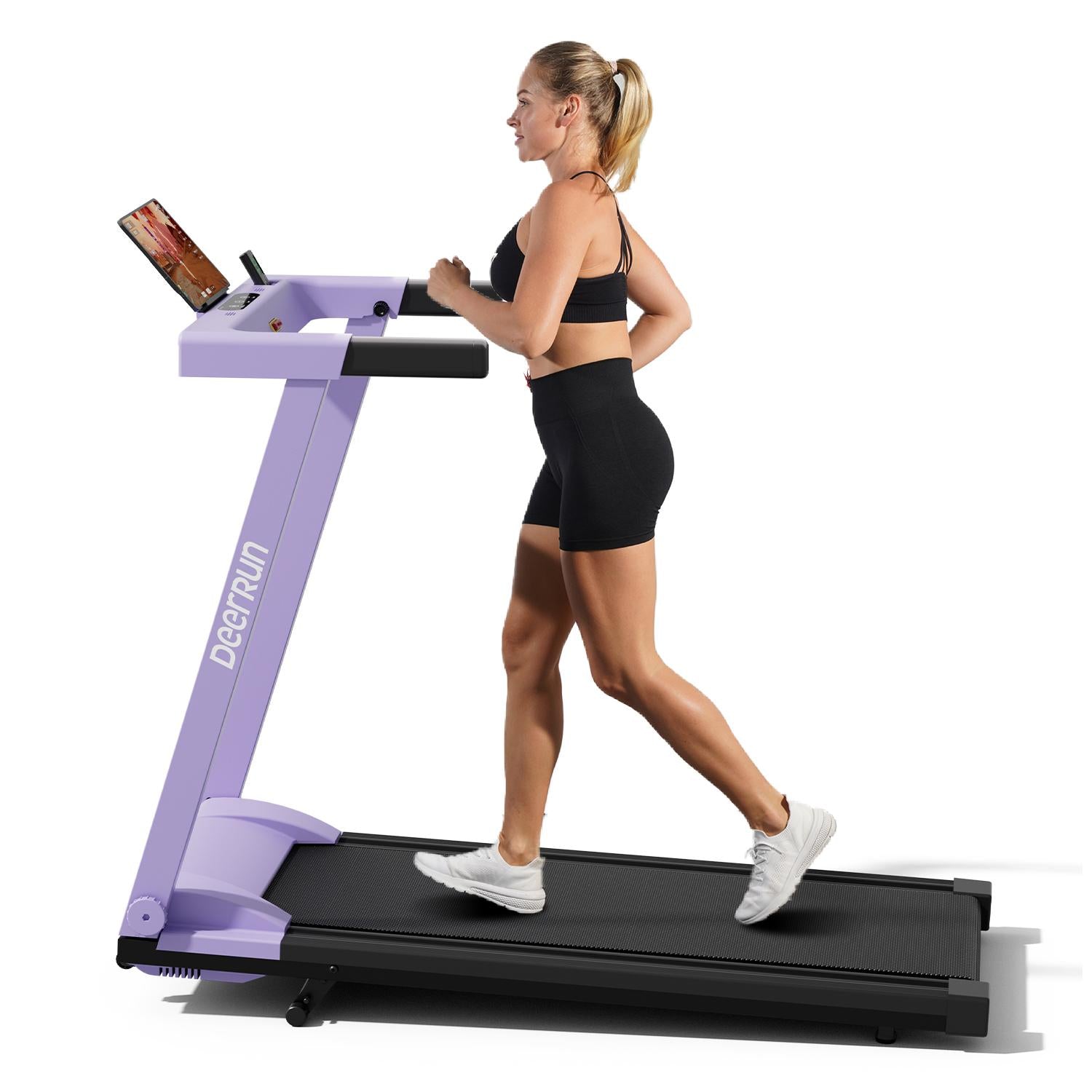


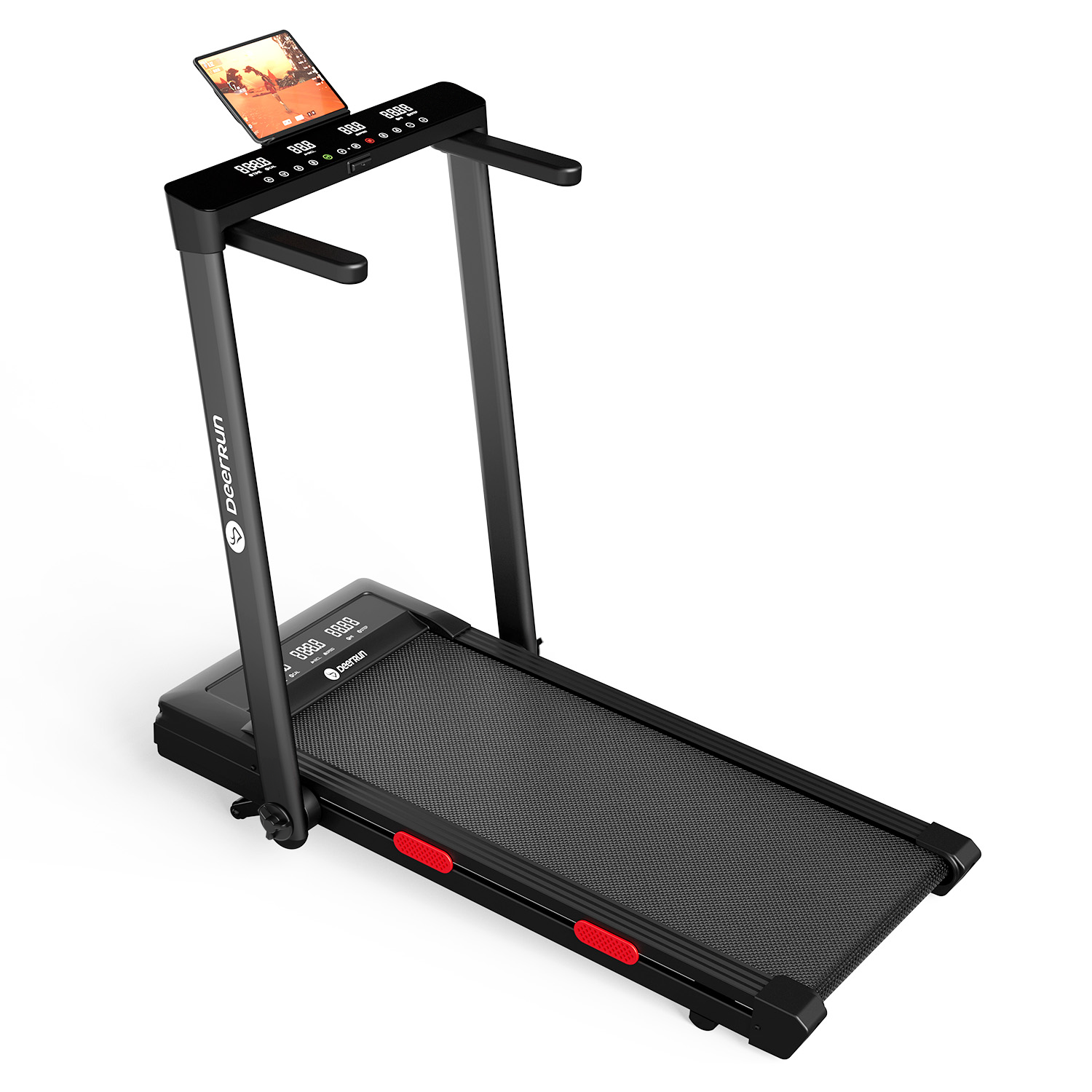













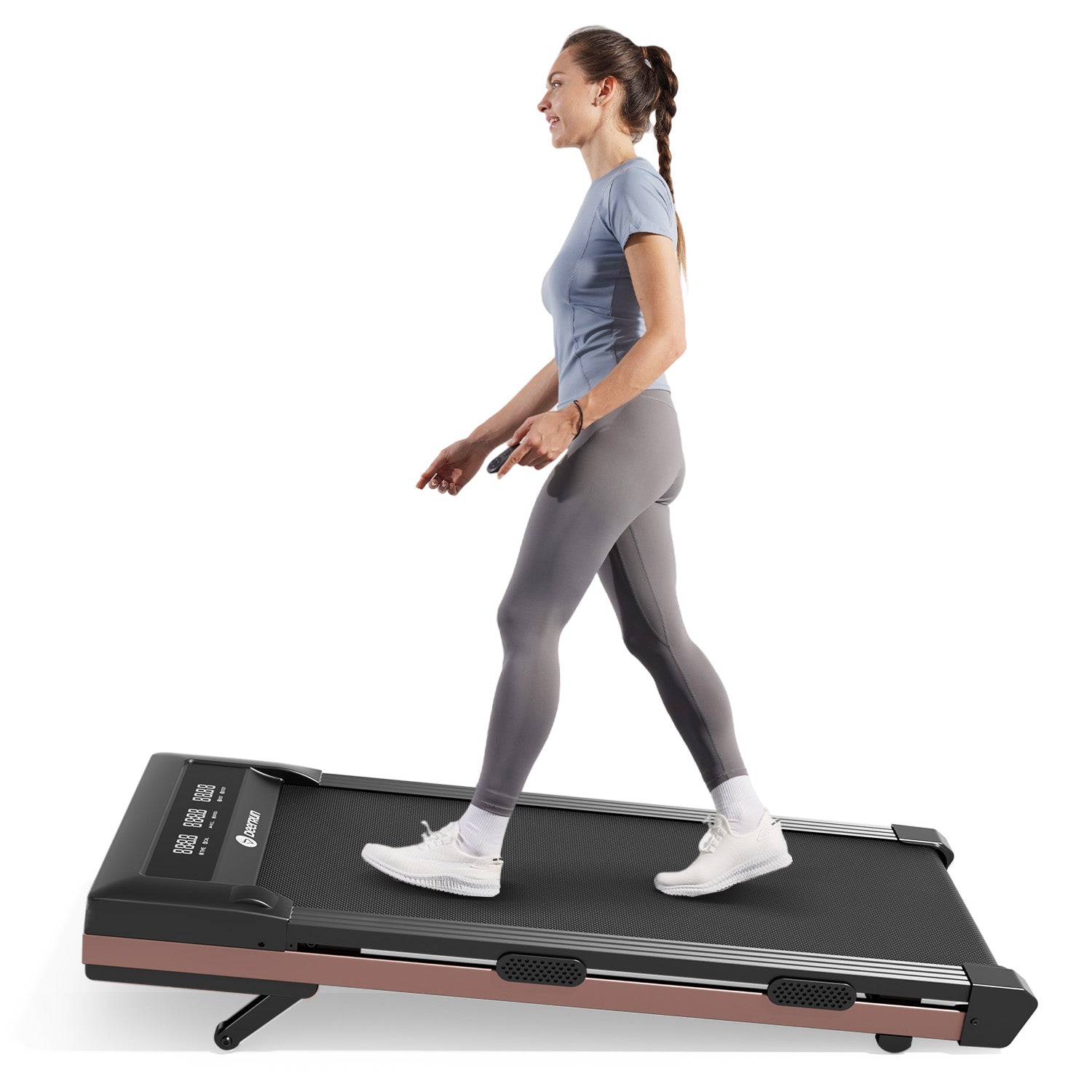
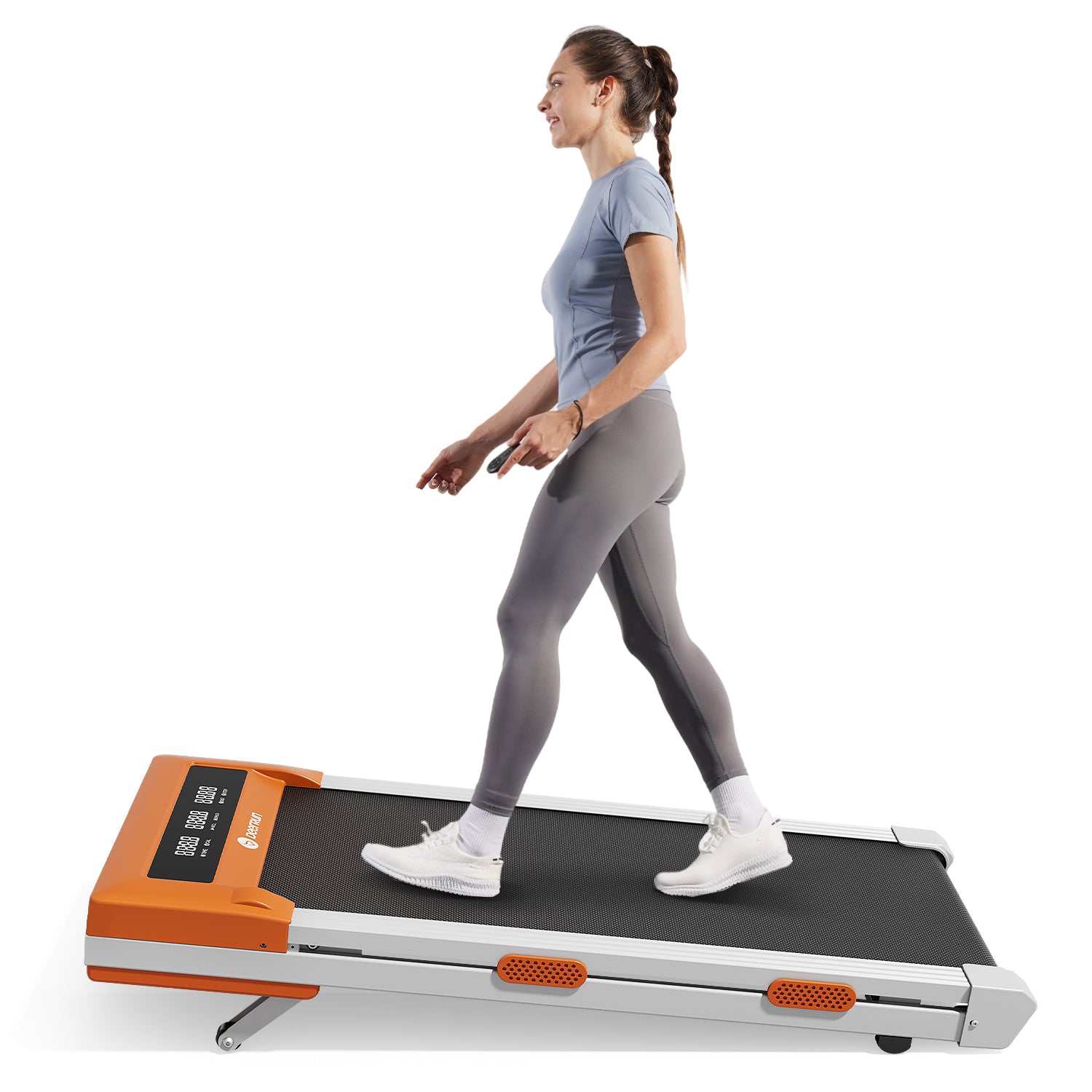

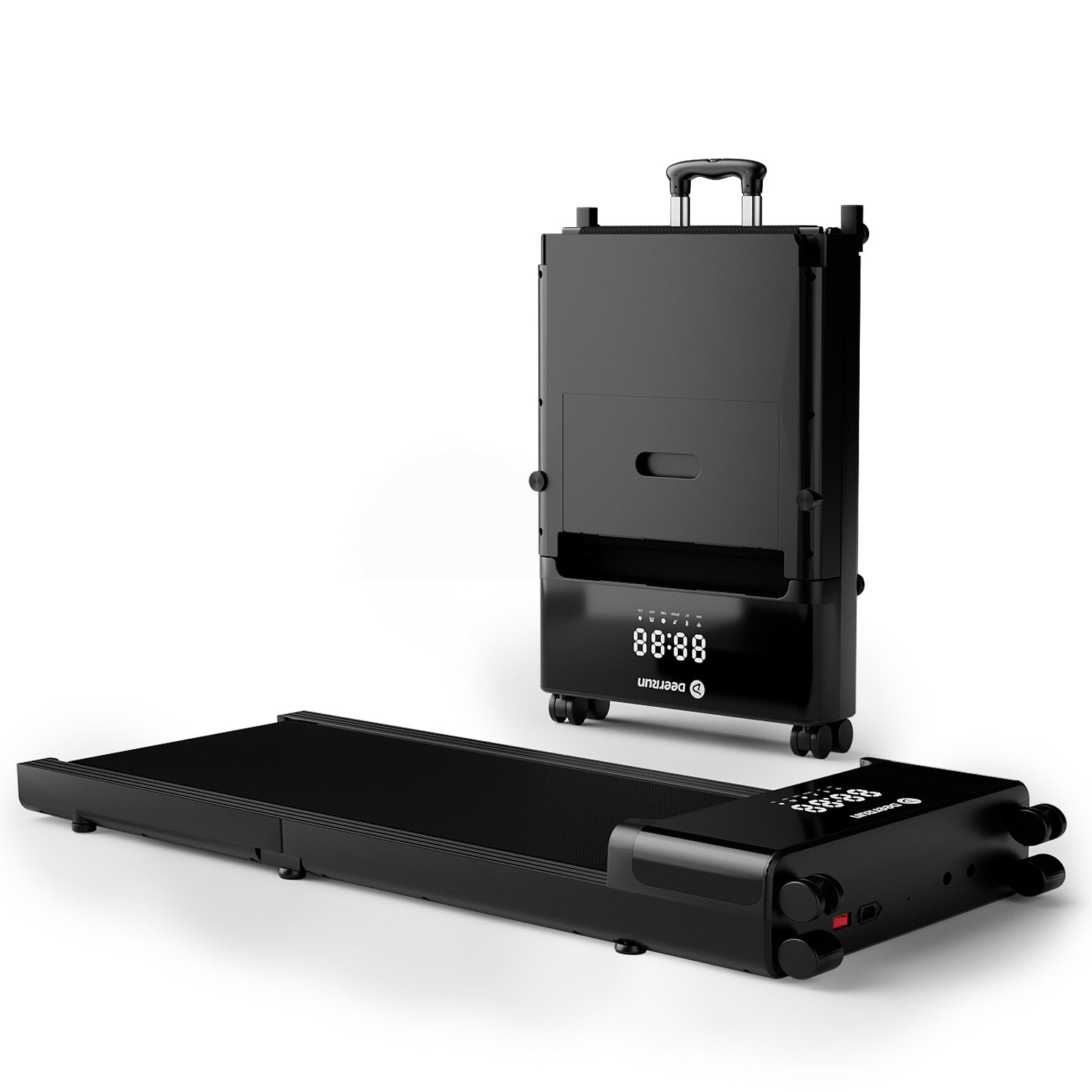

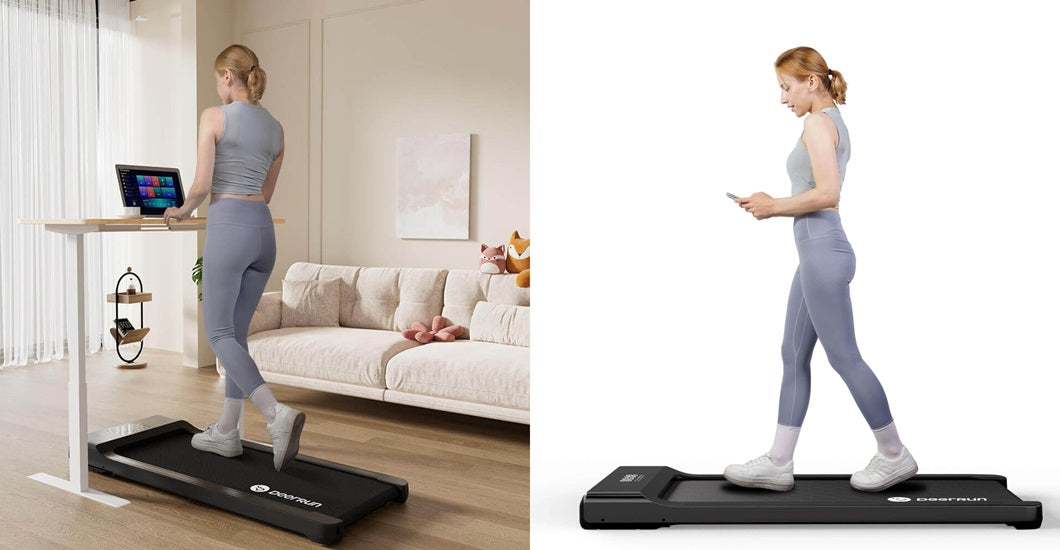
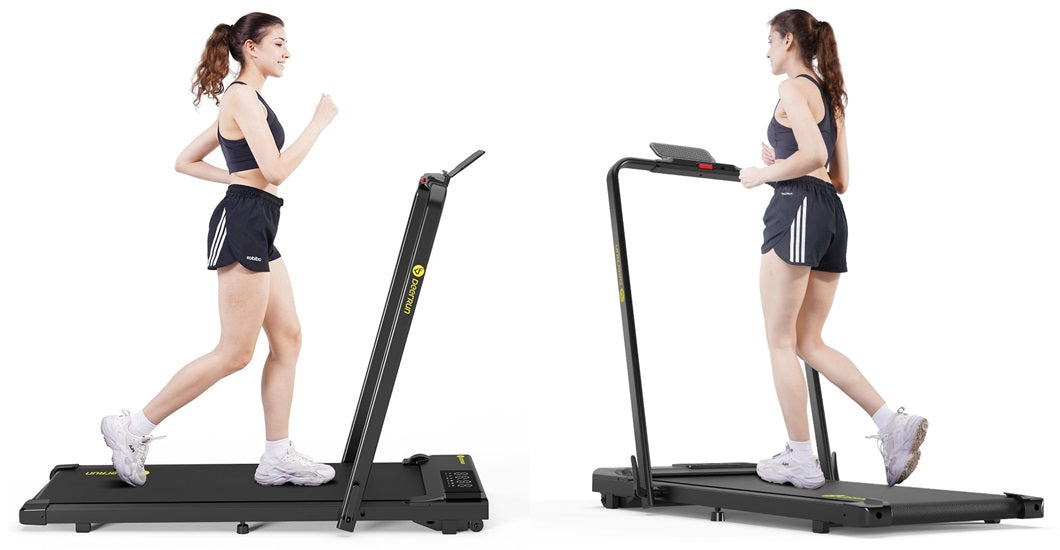
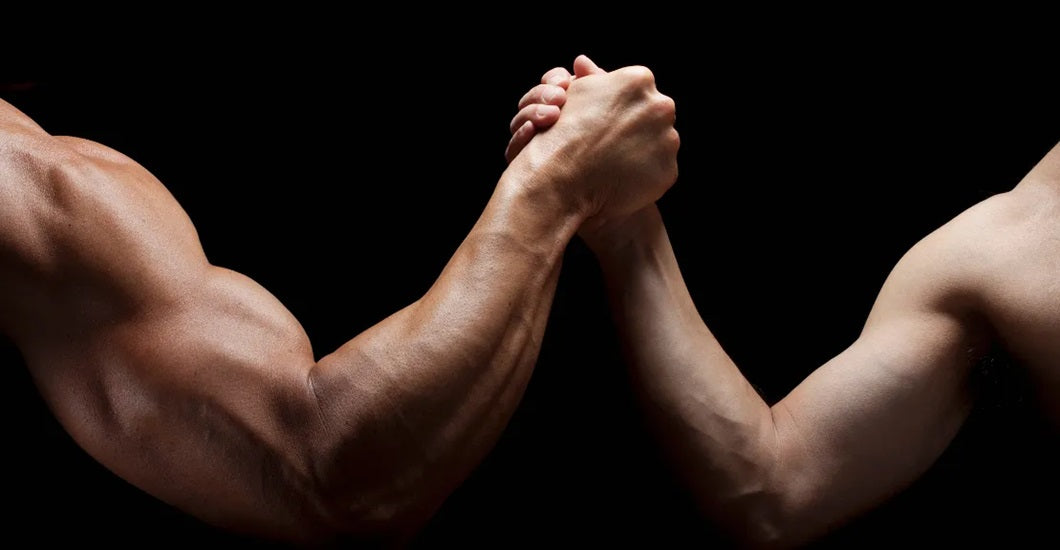
Leave a comment
All comments are moderated before being published.
This site is protected by hCaptcha and the hCaptcha Privacy Policy and Terms of Service apply.